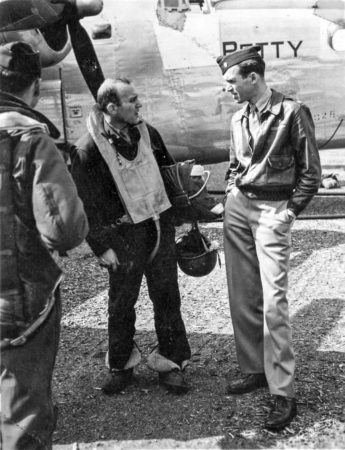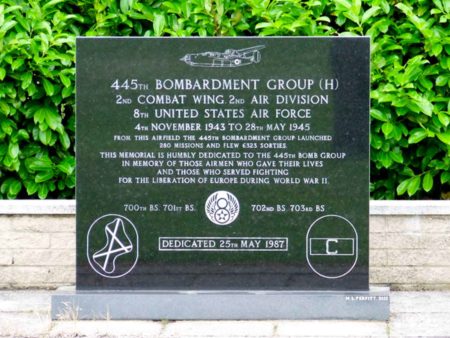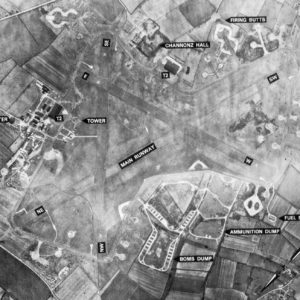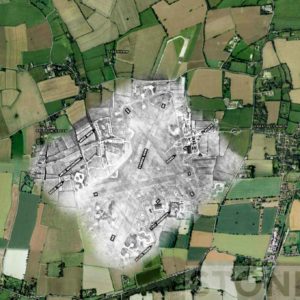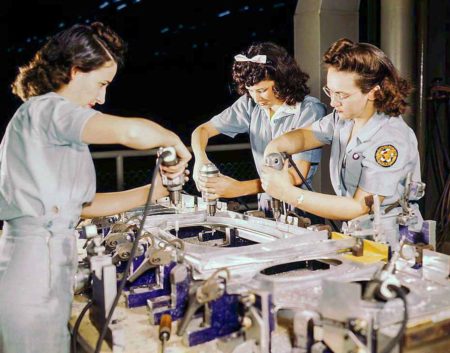Many of you may remember the blog I wrote in March 2018 (yes, it has been four years) about the story of top turret gunner, T/Sgt Hilton Hilliard (1920−1985), and his adventures in France and Germany after his B-17 heavy bomber was shot down in May 1943 on a bombing run to the U-boat pens at Saint-Nazaire, France (click here to read the blog, Rendezvous with the Gestapo). After parachuting into the French countryside, Hilliard and one other crew member, left waist gunner T/Sgt George Smith (1921−1983), began their quest together to evade the Germans and return to England.
I wrote the blog about Hilton Hilliard after learning the story from his daughter, Ann. After the blog was published, I heard from several relatives of the men who survived the downing of the “Queen of the Skies.” Greg Smith, son of George Smith, was one of those who contacted me, and I have followed Greg’s journey that began almost forty years ago to piece together his father’s wartime “adventures.” (Remember, most of the men, including George Smith, did not talk about their wartime experiences after returning from the war.)
Today, Greg will share with you his father’s story that he has been able to assemble through meticulous research and frankly, some luck. Here is a narrative by the son of a World War II left waist gunner. Read More Luck Runs Out

